[joli-toc]
The realm of modern interior design continuously evolves, embracing materials that offer both aesthetic appeal and functional durability. Among these, wenge veneer has emerged as a prominent choice for designers aiming to impart luxury and depth into various spaces.
The Rising Popularity of Wenge Veneer in Modern Interior Design
Wenge veneer, known for its rich, dark color and distinctive grain, has seen a surge in popularity within contemporary interior design. Its ability to add elegance and sophistication to spaces while maintaining a warm and inviting atmosphere has made it a sought-after material for luxury interiors. Its versatility makes it suitable for a wide range of applications, from furniture to wall coverings.
The Role of Wood Paneling in Contemporary Spaces
Wood paneling, once reminiscent of outdated interiors, has been reimagined and reintroduced into modern design in innovative ways. Today, it’s celebrated for its ability to add texture, depth, and character to spaces. Wood paneling, especially when incorporating premium materials like wenge veneer, has become synonymous with modern luxury, transforming walls into focal points of artistic expression.
Wenge Veneer: A Staple in Modern Luxury Interiors
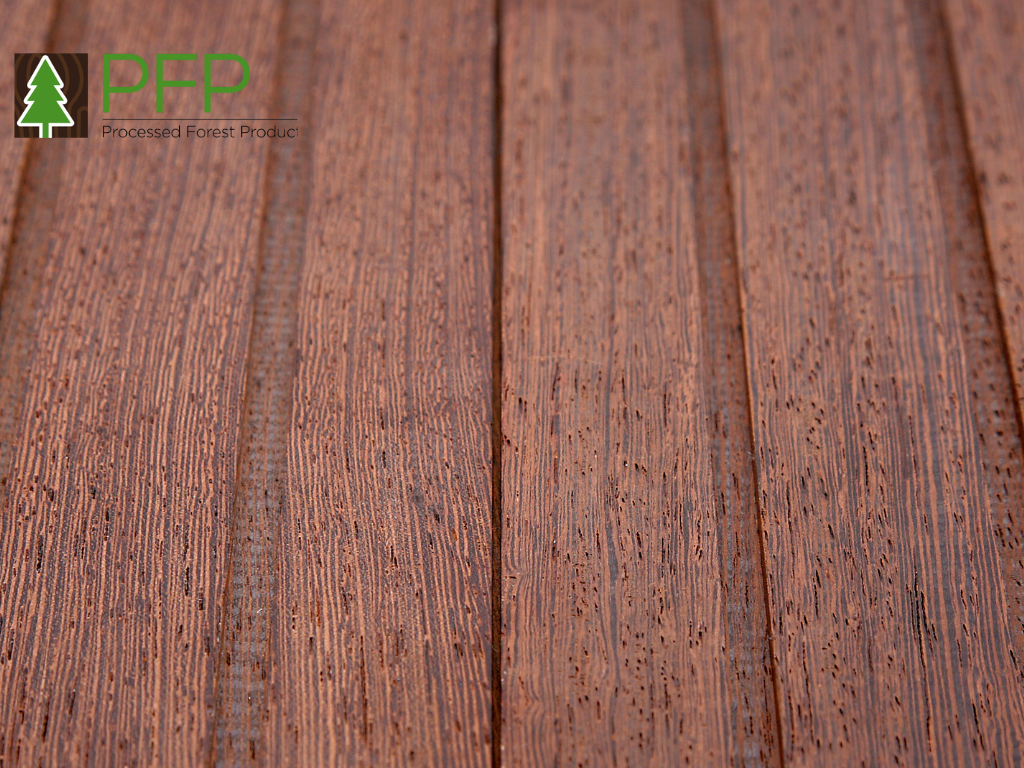
Wenge veneer’s deep, almost espresso-like color, combined with its durability, makes it an ideal choice for luxury interiors. It represents a fusion of beauty and practicality, offering designers a versatile material to work with.
Characteristics That Make Wenge Veneer a Designer Favorite
The dark color and pronounced grain pattern of wenge veneer bring warmth and richness to interiors. Its hardness and resistance to wear make it ideal for high-traffic areas, ensuring that aesthetics don’t sacrifice longevity. This balance of form and function is why many designers favor wenge veneer for upscale projects.
Incorporating Wenge Veneer in Various Design Styles
Whether in a minimalist setting where its dramatic tones create striking contrasts or in more traditional spaces where it adds depth and sophistication, wenge veneer is remarkably adaptable. It’s often used in statement furniture pieces, flooring, and as an accent in wall paneling, showcasing its versatility across design styles.
The Complementary Nature of Burl Veneer and Wenge Veneer

Combining different veneers allows designers to play with textures and colors, creating unique interior elements. Burl and wenge veneers, when used together, offer a harmonious blend of pattern and tone that can elevate any design project.
Understanding Burl Veneer: Unique Features and Aesthetic Appeal
Burl veneer is prized for its intricate patterns and swirling grain, a result of tree growth anomalies. This natural artistry adds an unmatched decorative element to interiors, making burl veneer a popular choice for accentuating the deep hues of wenge veneer with its rich, complex textures.
Synergizing Burl and Wenge Veneers in Interior Design Projects
The contrast between the intricate patterns of burl veneer and the straight, dark lines of wenge veneer can create stunning visual interest in design projects. This combination is often seen in luxury furniture pieces, where the natural beauty of these veneers is showcased, or in wall paneling, where they contribute to a layered, textured aesthetic.
Wood Paneling: Beyond Traditional Boundaries
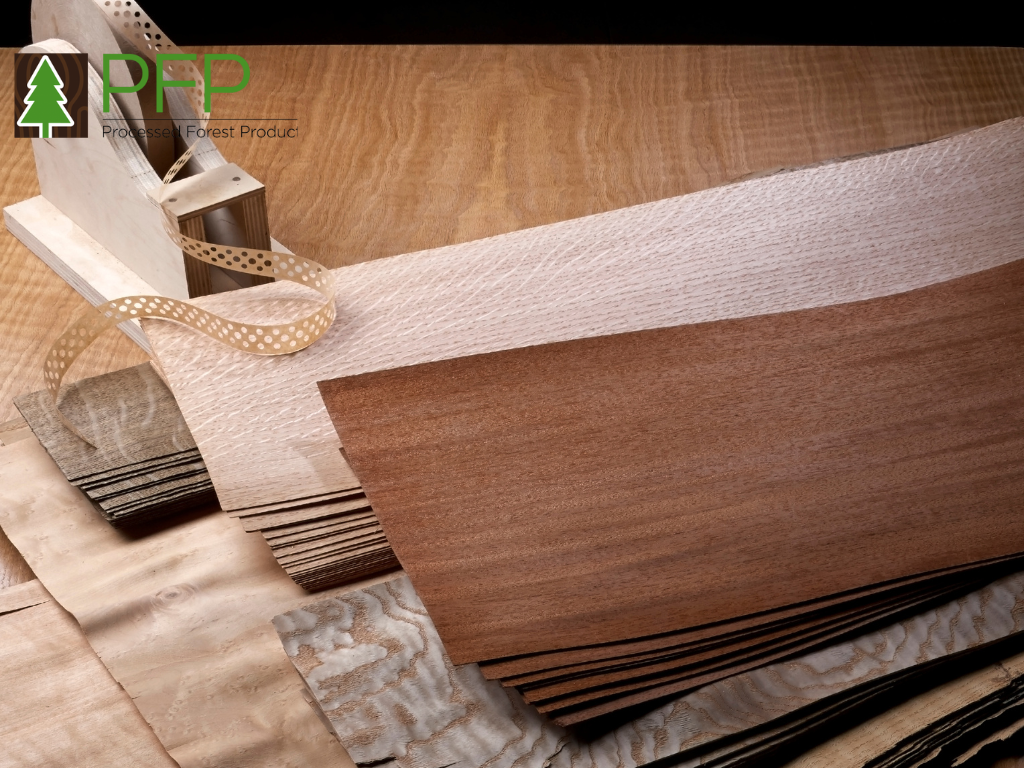
Wood paneling has transcended its traditional roots to become a hallmark of contemporary design, with wenge veneer playing a pivotal role in this evolution.
Evolution of Wood Paneling in Interior Design
Gone are the days when wood paneling was seen only as a relic of mid-century offices or rustic cabins. Today’s wood paneling is sleek, sophisticated, and versatile. Designers now leverage a variety of woods, finishes, and patterns to bring warmth, texture, and depth to modern spaces, moving wood paneling beyond its traditional boundaries and into the realm of contemporary design.
How Wenge Veneer is Revolutionizing Wood Paneling Concepts
Wenge veneer has been at the forefront of this revolution, thanks to its rich, deep color and striking grain patterns. It brings a luxurious, almost mysterious quality to wood paneling, making it a favorite for accent walls, cabinetry, and statement furniture. Its application in wood paneling not only adds aesthetic value but also infuses spaces with a sense of sophistication and modernity.
Design Trends: Wenge Veneer and Wood Paneling
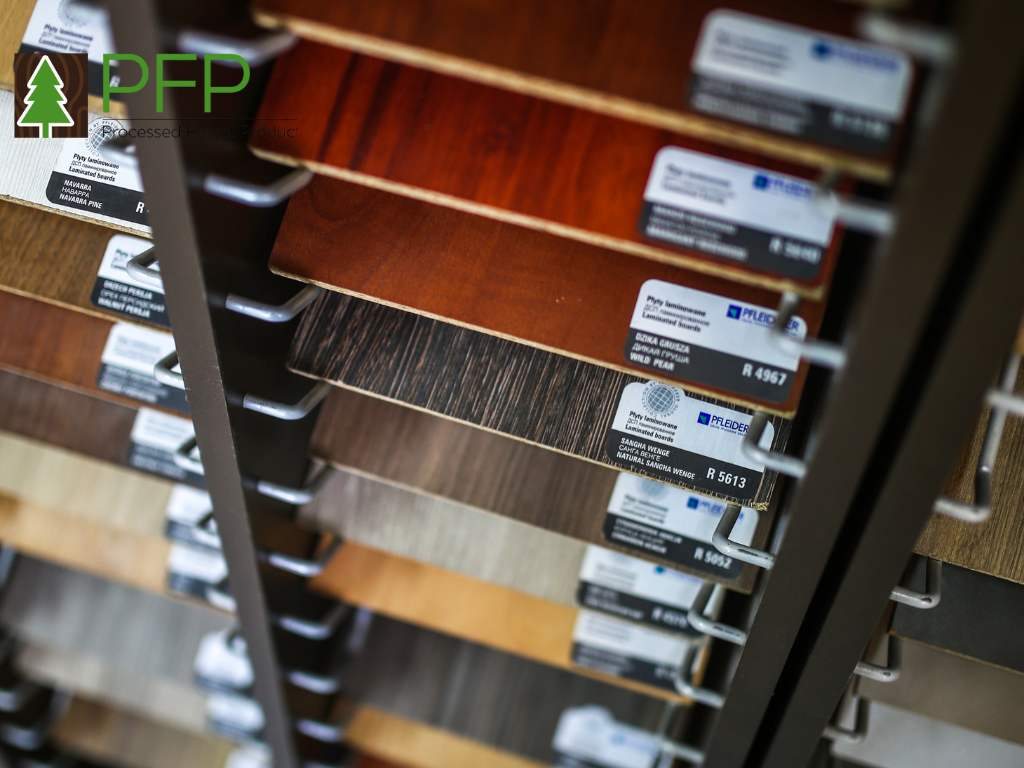
As interior design evolves, so too do the trends surrounding wenge veneer and wood paneling, with both finding new roles in homes and commercial spaces.
Latest Trends in Using Wenge Veneer in Homes and Commercial Spaces
In both residential and commercial interiors, wenge veneer is celebrated for its ability to create visually striking elements that are both timeless and contemporary. From minimalist designs where its dark tones provide a dramatic contrast to more opulent settings where it adds depth and luxury, wenge veneer’s versatility is unmatched. It’s increasingly used in mixed-material designs, combined with metals, glass, or other wood types, to create unique, modern aesthetics.
The Future of Wood Paneling: Sustainability and Innovation
The future of wood paneling, especially with materials like wenge veneer, lies in sustainability and innovation. As the design industry becomes more conscious of environmental impacts, the demand for sustainably sourced and produced wood paneling grows. Advances in technology also allow for innovative uses of wenge veneer in paneling, including improved durability and new patterns and textures that mimic other luxury materials, offering both eco-friendly and aesthetically pleasing solutions.
Tips for Integrating Wenge Veneer and Wood Paneling in Interiors
Successfully incorporating wenge veneer and wood paneling into interior design requires thoughtful consideration of the material and its application.
Selecting the Right Wenge Veneer and Wood Paneling for Your Space
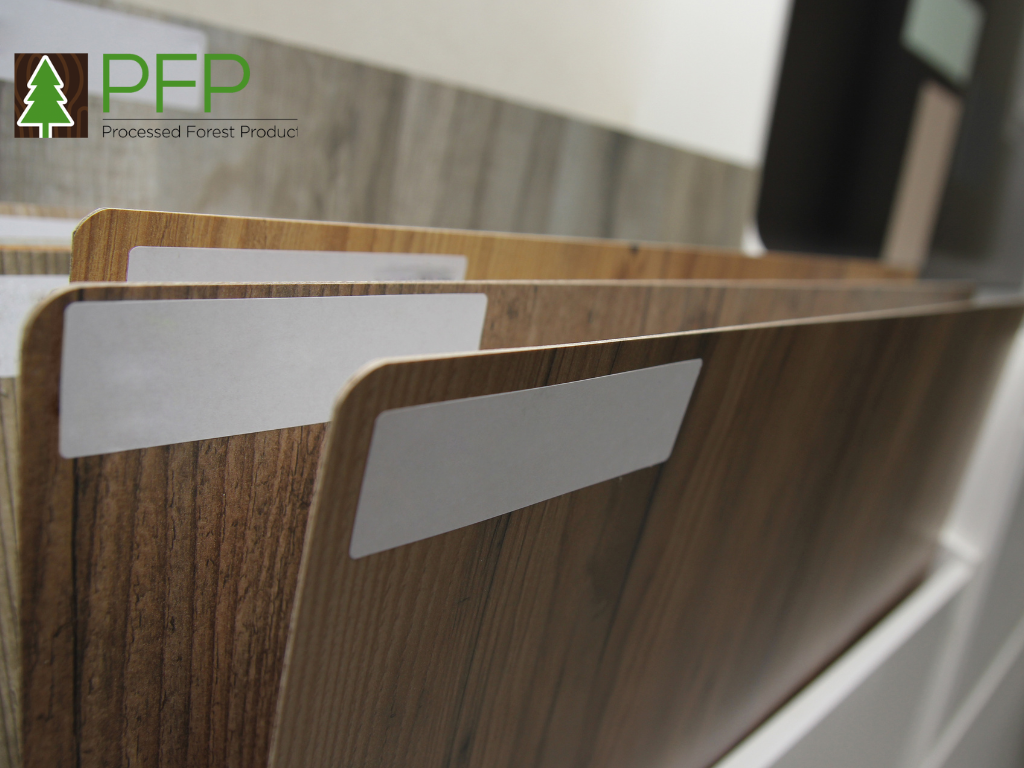
When choosing wenge veneer and wood paneling, consider the overall design aesthetic of your space and how these elements will complement or enhance it. Pay attention to the grain patterns and tones of the wenge veneer, selecting those that best fit your desired look. Consider the scale of the paneling in relation to the room to ensure it adds to the design without overwhelming it.
Best Practices for Installation and Maintenance
Proper installation is crucial to maximizing the beauty and longevity of wenge veneer and wood paneling. Ensure that the surface onto which it will be installed is clean, dry, and smooth. Hiring a professional can guarantee that the paneling is properly aligned and securely attached. For maintenance, regular dusting and occasional gentle cleaning with a damp cloth will help preserve the veneer’s appearance. Avoid harsh chemicals and prolonged exposure to direct sunlight to prevent fading and damage.
The Environmental Aspect
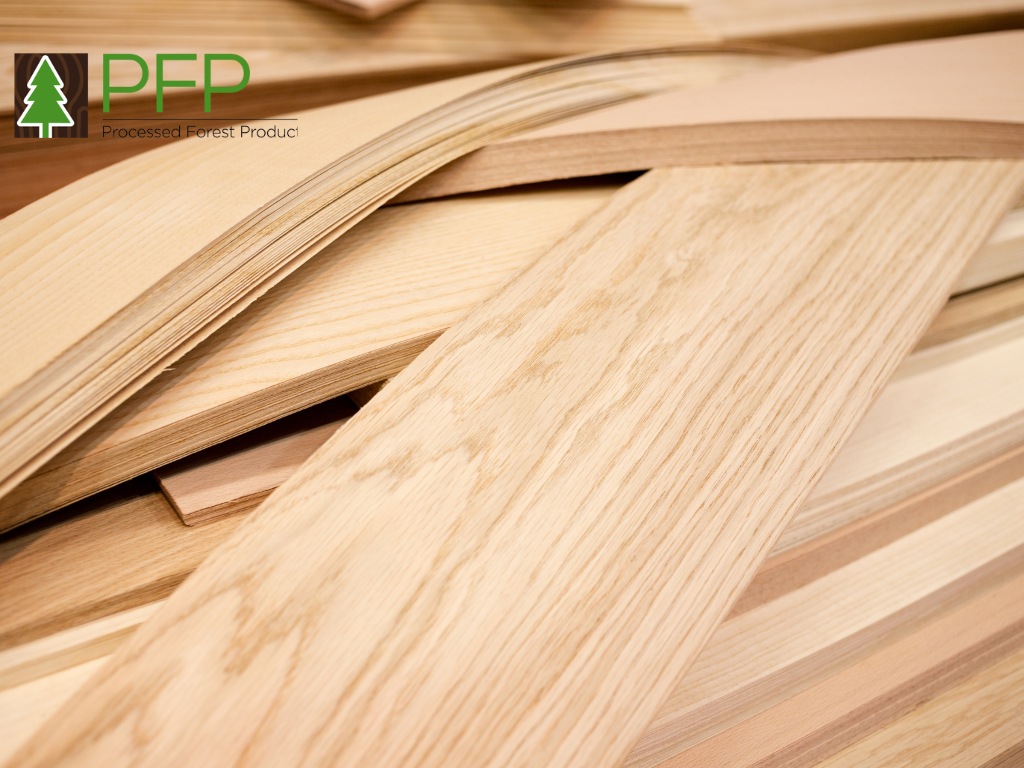
As the design world advances, the sustainability of materials used in interior design, especially wenge and burl veneers, becomes increasingly significant. Designers and consumers alike are turning their focus towards eco-friendly alternatives and practices.
The Sustainability of Sourcing Wenge and Burl Veneers
Wenge wood, known for its durability and striking appearance, hails from the forests of Central Africa. Its popularity, however, has led to concerns about overharvesting and the ecological impact on its native ecosystems. Similarly, burl veneers, sourced from tree growths, raise sustainability questions. The key to their sustainable use lies in responsible sourcing from certified suppliers that adhere to strict environmental standards and reforestation practices, ensuring the preservation of biodiversity.
Eco-friendly Alternatives and Practices in Wood Paneling
In response to environmental concerns, the industry has seen a rise in eco-friendly alternatives to traditional wood paneling. These include:
- Reclaimed Wood: Utilizing wood salvaged from old buildings, ships, and other structures reduces waste and avoids the need for new timber harvesting.
- Bamboo and Cork: Fast-growing and renewable, these materials offer sustainable yet stylish alternatives to hardwood veneers.
- Recycled Composite Panels: Made from recycled wood fibers and resin, these panels provide a durable and sustainable option for modern interiors.
Adopting practices like using low-VOC adhesives and finishes further minimizes environmental impact, ensuring that beautiful designs also support eco-conscious living.
Conclusion
As we look to the future, the potential for wenge veneer and wood paneling in interior design is boundless. With advances in sustainable sourcing, eco-friendly alternatives, and creative application techniques, designers and homeowners have an exciting opportunity to redefine spaces. By embracing the versatility of these materials, we can create interiors that are not only visually stunning but also environmentally responsible and reflective of personal values.

